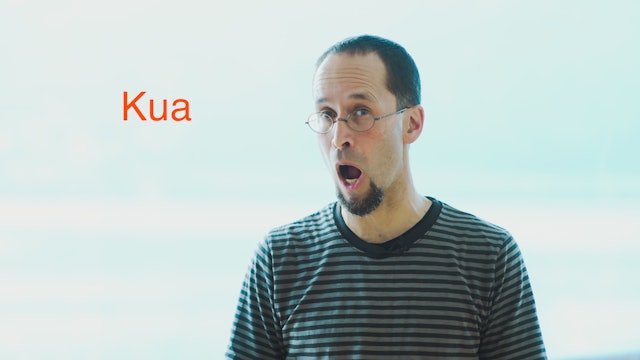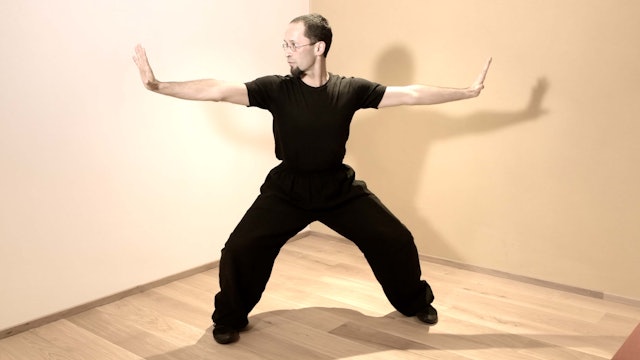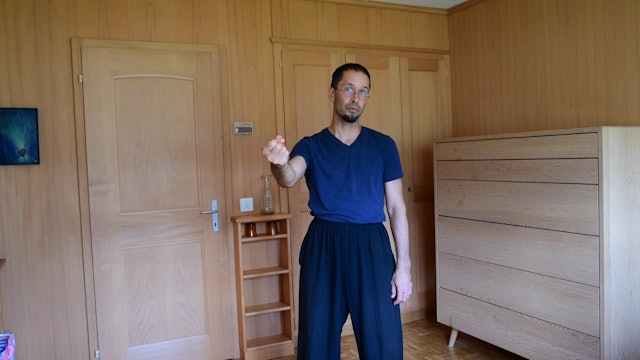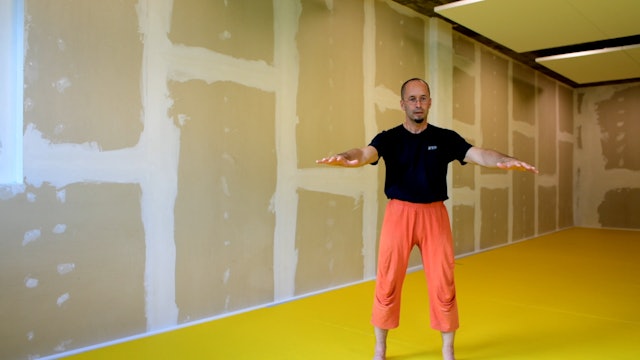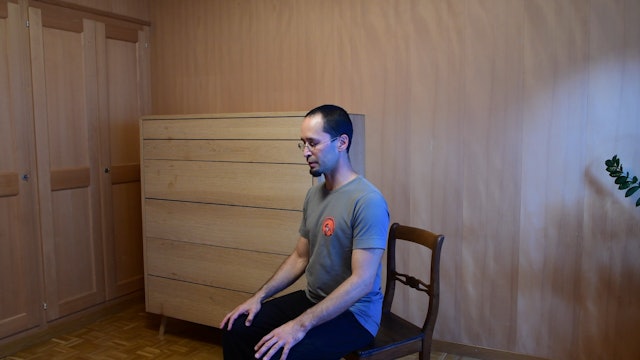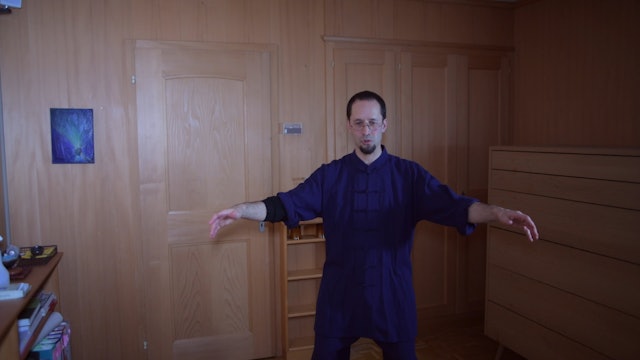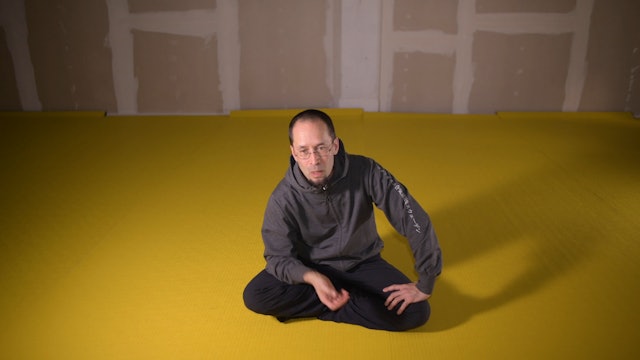Internal Arts
Cultivate more subtle attention and integration of mind and body. Soften the tissues, clear stagnation, develop balance and coordination to develop a more energy-efficient body. As part of the practice, we discover how the mind’s attention can change the quality of the connective tissues within the body.
-
Dragon Dao Yin #1
A step and talk through Dragon Dao Yin #1: Awakening Dragon. Containing a balanced set of positions that support the health of the spine.
-
Kua Details
Foundational details on the kua, an important part of mobility, internal and performing arts.
-
Yang Sheng Gong: Tu Gu Na Xin
A three part set for developing lung health: 1. release stagnation. 2. strengthen lungs. 3. calm the breath.
-
Dao Yin Lecture
Information for understanding the theory and mechanics of Dao Yins.
-
Verona 4: Pushing Tides
A basic entry into Dao Yin.
-
Dao Yin: Pushing the Tides
Working through a basic and very effective Dao Yin exercise. Also very helpful for setting your shoulders properly.
-
Internal Connectivity 1: Center of Gravity
Preparing the basic condition of the body for Qi Gong and Dao Yin practice.
-
Internal Connectivity 2: Kua connection
Moving arms from Kua.
-
Verona 6: Dragon 1 Walk
The basic shape and movement of Dragon 1 Walking. Dao Yin.
-
Dao Yin: Dragon 3 Walk
This involves a little coordination. Dragon 3 Walk (Flying Dragon) opens up the front and back torso while strengthening and creating elasticity in the soft tissues through the arms and legs.
-
Internal Connectivity 3: Solar Plexus
Allowing the arms to move from the action of the Plexus region.
-
Internal Connectivity 4: Selection of Exercises for Jing Jin
-
Internal Connectivity 5: Session to control Center of Gravity
A fairly quiet session, learning to let go within the body.
-
Internal Connectivity 6: Connect Sinews
-
Internal Connectivity 7: Sink Tian Tu
-
Internal Connectivity 8: Sinking the Breath
-
Hui Chun_Earth
A seated Qi Gong to support the Earth phase, the center, the solar plexus.



